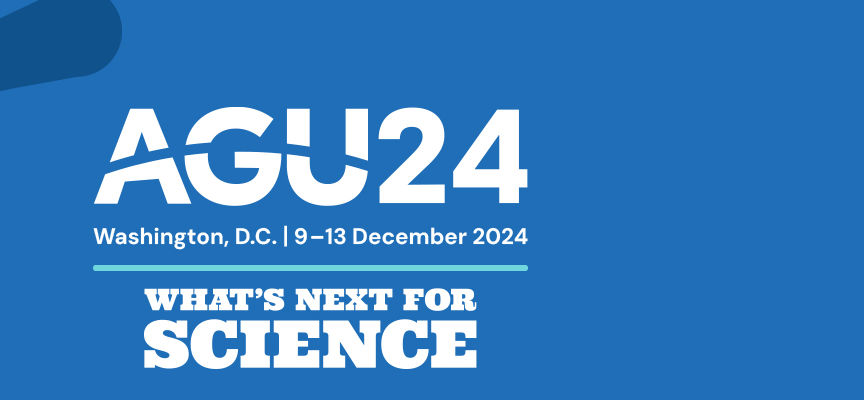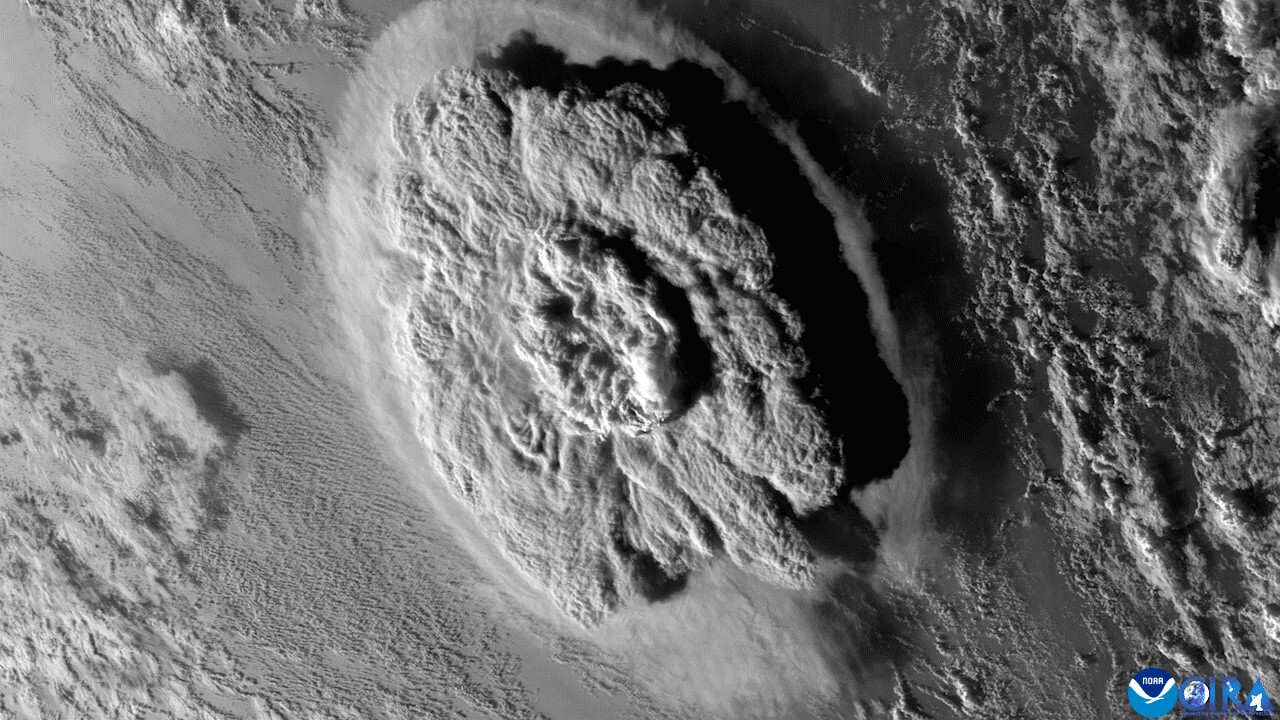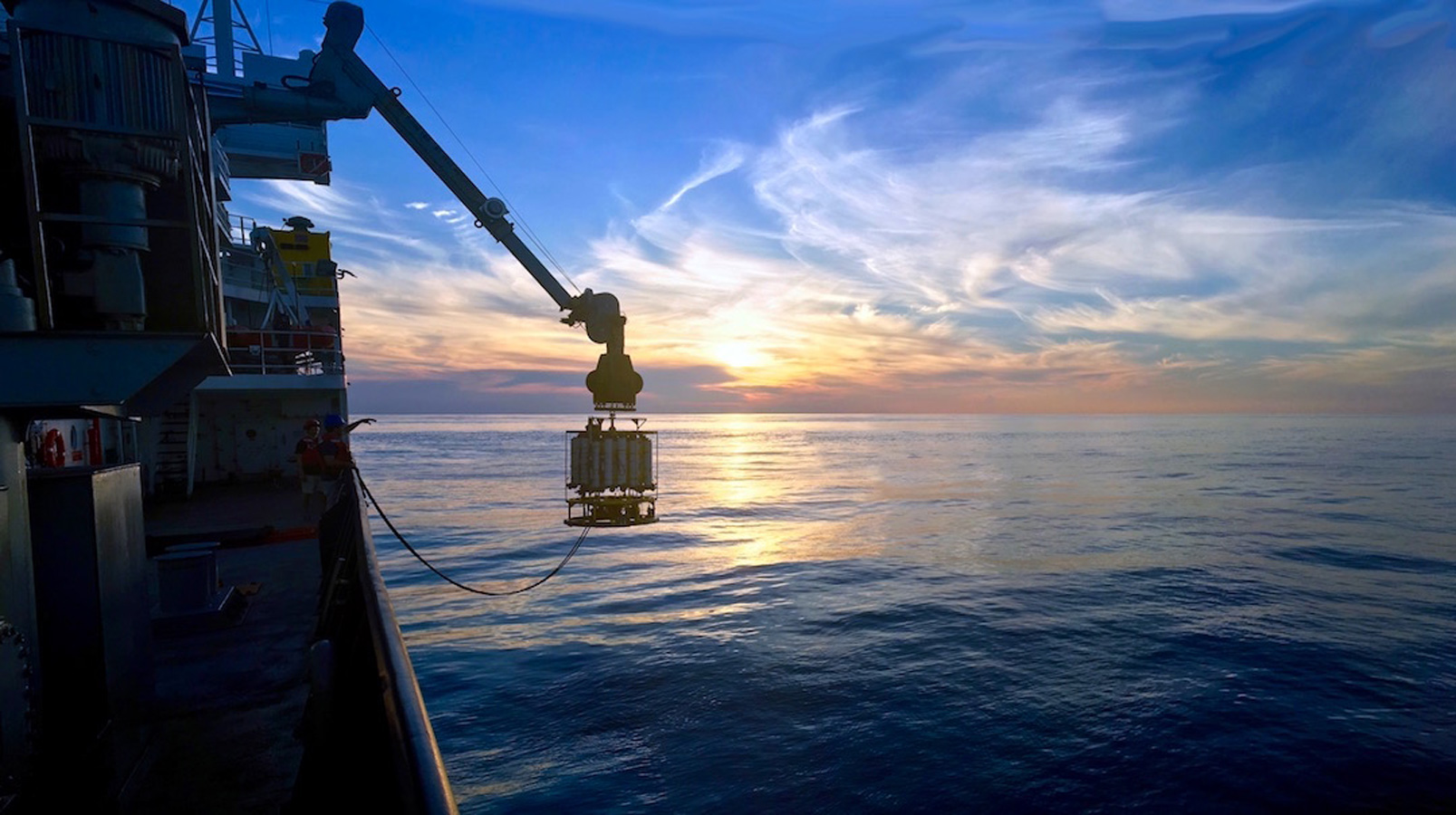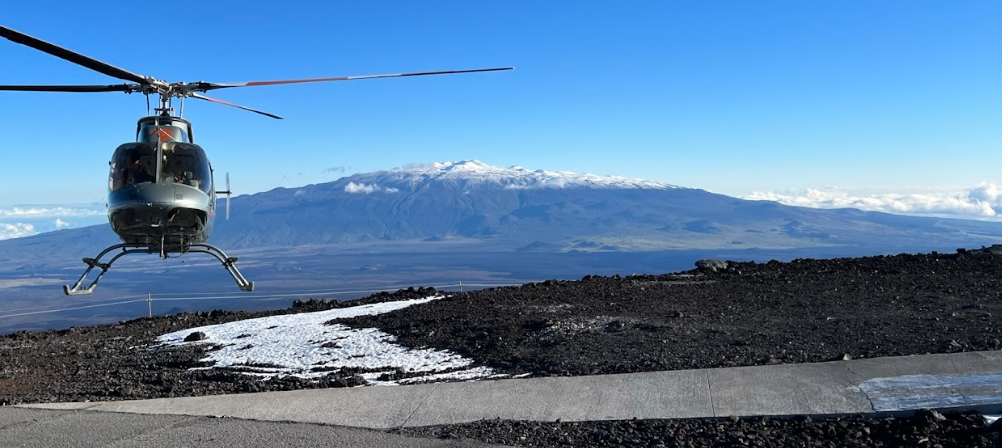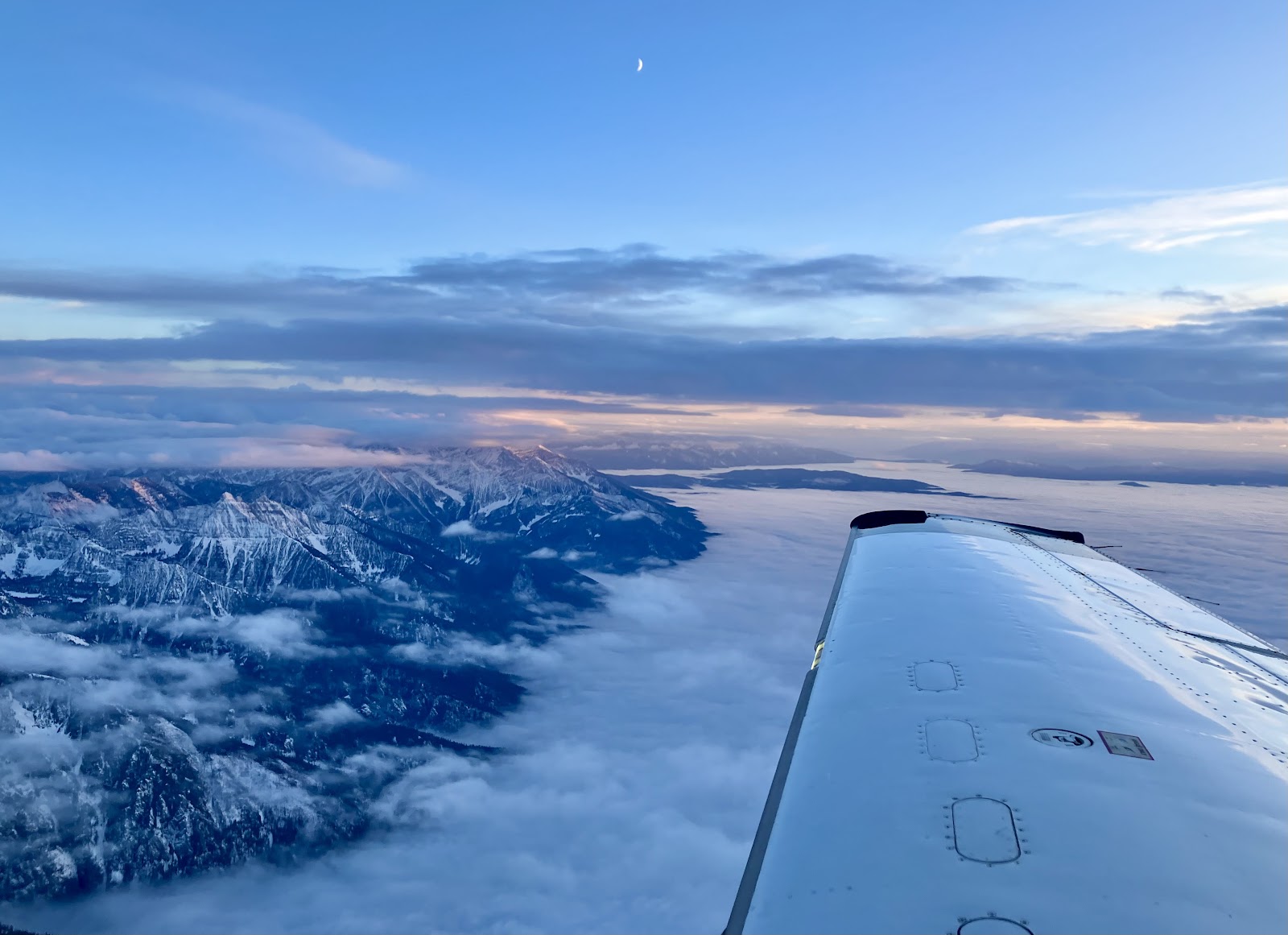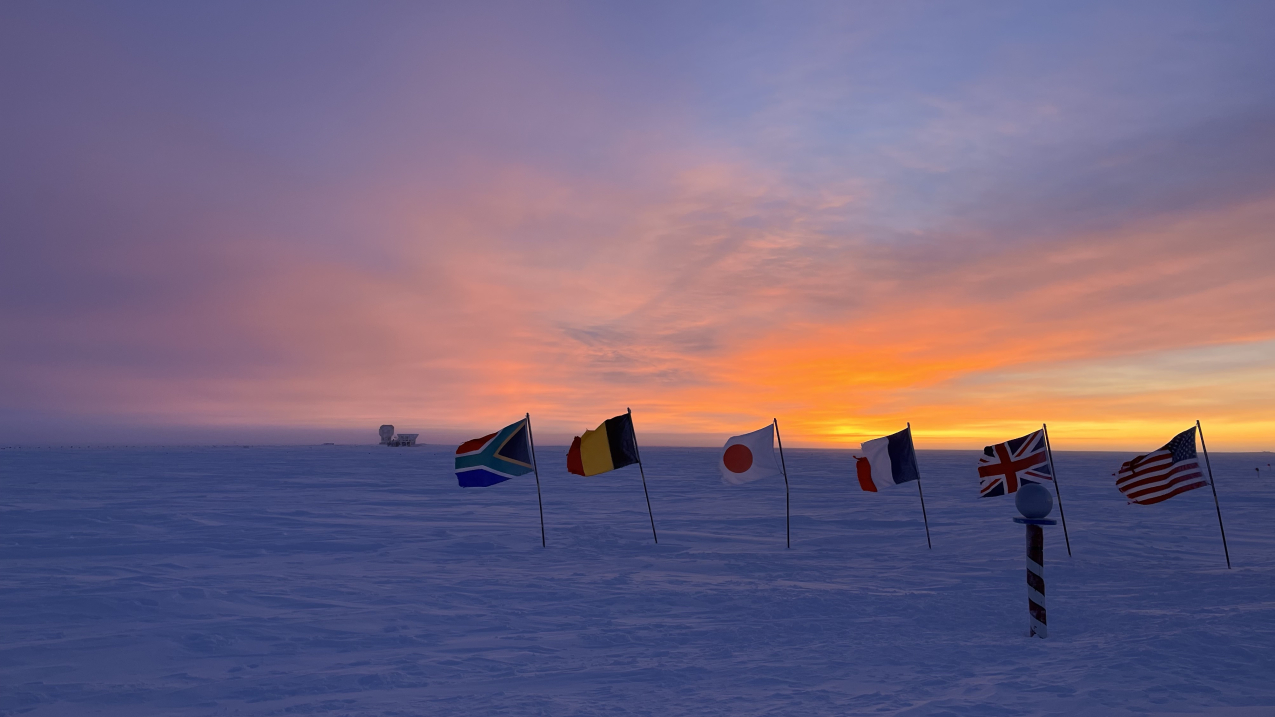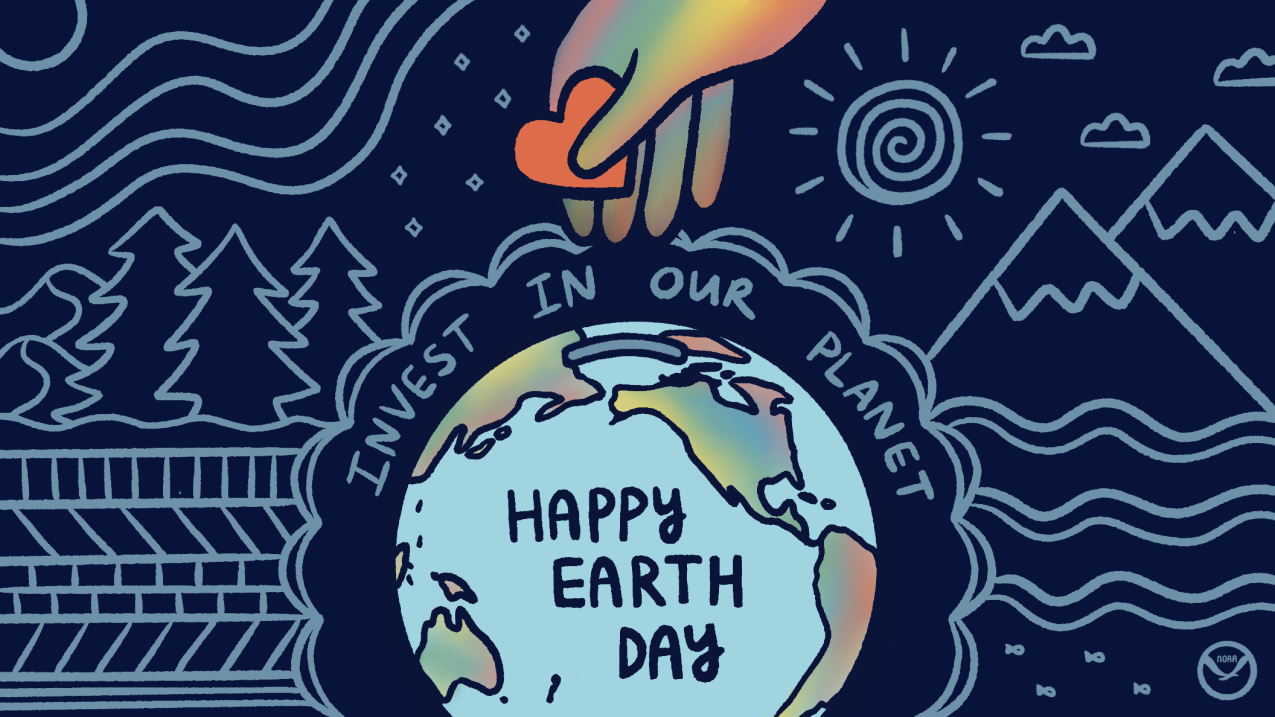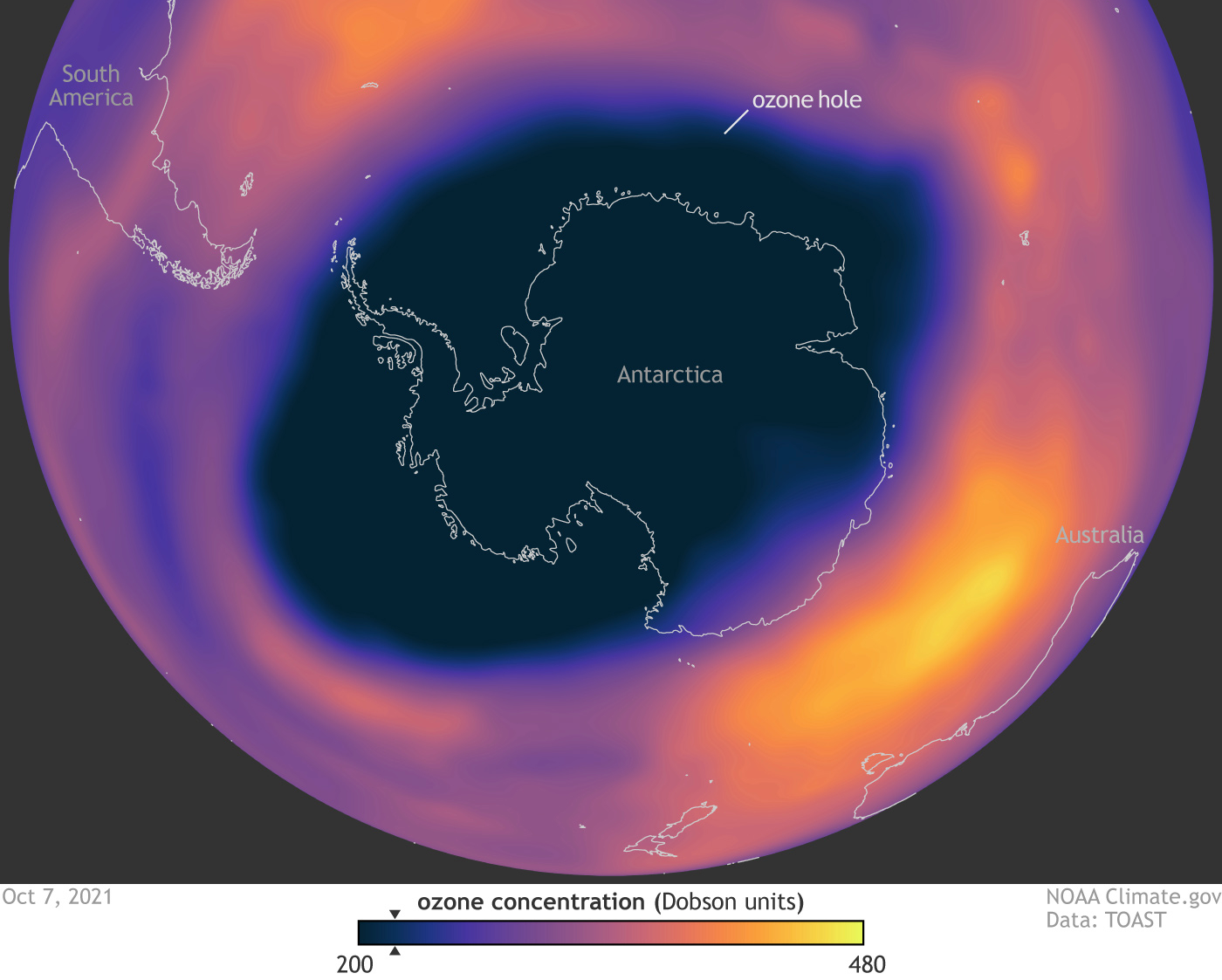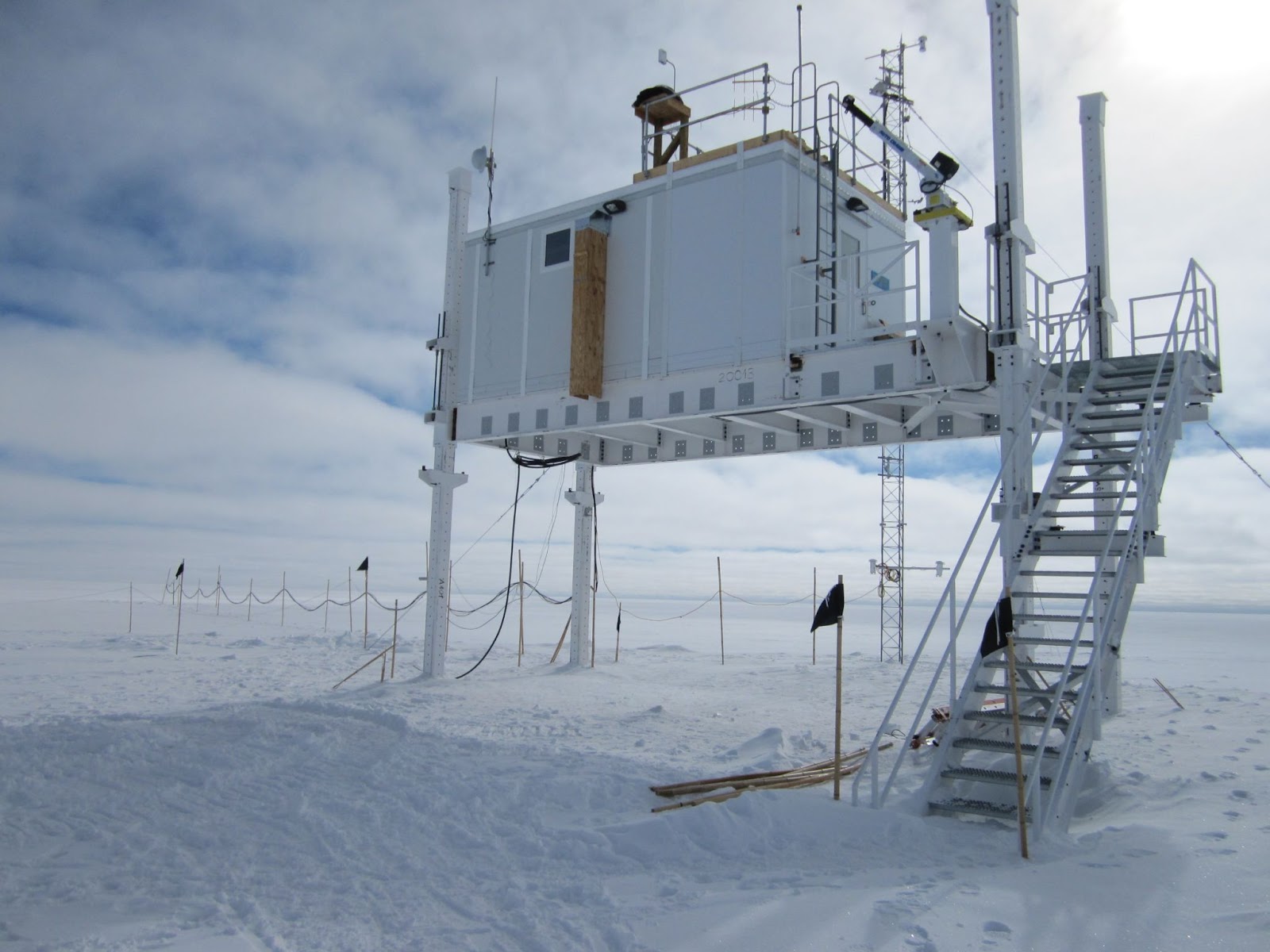News

December 18, 2025
International report chronicles atmospheric impacts of 2022 Hunga volcanic eruption
A report released today by the World Climate Research Programme provides a comprehensive analysis of the atmospheric effects of the January 15, 2022 eruption of the Hunga volcano, the most explosive volcanic event of the satellite era. Combining unprecedented satellite, balloon, and ground-based observations with global modeling studies, the report documents the eruption’s far-reaching effects on Earth’s stratosphere, climate system, and ozone layer.December 4, 2024
GML highlights at AGU 2024 Fall Meeting
GML and CIRES researchers are presenting several talks and posters at the 2024 Fall Meeting of the American Geophysical Union and collaborating on many more.October 30, 2024
2024 Antarctic ozone hole ranks 7th-smallest since recovery began
Healing continues in the atmosphere over the Antarctic: A hole that opens annually in the ozone layer over Earth's southern pole was relatively small in 2024 compared to other years. NOAA and NASA scientists project the ozone layer could fully recover by 2066.October 1, 2024
Photo feature: ‘The sun is finally back' at the South Pole
On September 20, after six months of darkness, the return of the sun at the South Pole signaled the arrival of spring in the Southern Hemisphere. For scientists at NOAA’s South Pole Atmospheric Baseline Observatory (SPO), located at the Amundsen-Scott South Pole Research Station, that’s a welcome sight.December 20, 2023
A volcanic eruption sent enough water vapor into the stratosphere to cause a rapid change in chemistry
The eruption of the Hunga Tonga-Hunga Ha’apai volcano on January 15, 2022, produced the largest underwater explosion ever recorded by modern scientific instruments, blasting an enormous amount of water and volcanic gases higher than any other eruption in the satellite era.December 19, 2023
Top NOAA Research stories from 2023
Record-breaking marine heatwaves, increasing greenhouse gas concentrations, an above average hurricane season, and numerous deep sea discoveries made 2023 a busy year for NOAA Research. Let’s explore some of our top stories from this year!December 13, 2023
One year after the eruption, Mauna Loa Observatory has resumed key science activities
Over the past year since the eruption of Mauna Loa volcano on Hawaii’s Big Island on Nov. 27, 2022, MLO staff visiting the site once a week via helicopter have restored limited power to four key observatory buildings by augmenting existing solar generation and adding battery systems.November 21, 2023
NOGAP survey completed its first flights to document greenhouse gas distribution across the U.S.
The National Observations of Greenhouse gasses Aircraft Profiles (NOGAP) survey completed the first of six loops around the United States to document and understand in great detail the vertical distribution of greenhouse gasses (GHGs) in the lower atmosphere.November 1, 2023
2023 ozone hole ranks 12th largest on record, find NOAA and NASA
The 2023 Antarctic ozone hole reached its maximum size at 10 million square miles (26 million square kilometers) on September 21, which ranks as the 12th largest since 1979, according to annual satellite and balloon-based measurements made by NOAA and NASA.September 22, 2023
Photo feature: 'First bit of orange glow’ greets NOAA crew at South Pole
After six months of darkness, the return of the sun at the South Pole signals the arrival of spring in the Southern Hemisphere. For scientists at NOAA’s South Pole Atmospheric Baseline Observatory (SPO), that’s a welcome sight.April 16, 2023
#EarthDay: Invest in our changing planet now to secure a more livable future
Since the first Earth Day, billions across the globe have invested their time, creativity and energy to honor and nurture our home planet. In the decades since April 22, 1970, however, global climate change has had an alarming effect on Earth and its inhabitants. So how is NOAA addressing climate change and other environmental challenges?January 9, 2023
GML highlights at the AMS 2023 Annual Meeting
GML and CIRES researchers are presenting several talks and posters, and collaborating on others, at the 2023 Annual Meeting of the American Meteorological Society.December 6, 2022
GML highlights at AGU 2022 Fall Meeting
GML and CIRES researchers are presenting several talks and posters at the 2022 Fall Meeting of the American Geophysical Union, and collaborating on many more.August 24, 2022
Path to recovery of ozone layer passes a significant milestone
An annual analysis of air samples collected at remote sites around the globe that is tracking a continued decline in the atmospheric concentration of ozone-depleting substances shows the threat to the ozone layer receding below a significant milestone in 2022, NOAA scientists have announced.May 9, 2022
GML is replacing the surface ozone instrument in Summit, Greenland
Scientists have sent out the surface ozone instrument replacement for the site in Summit, Greenland.


